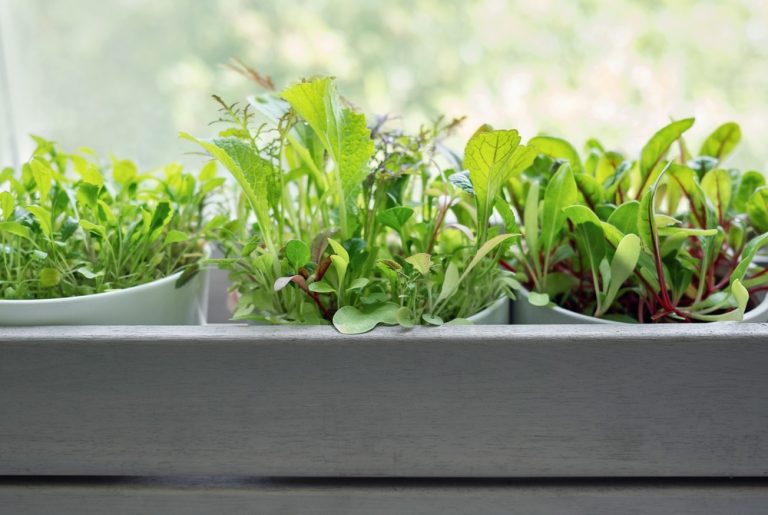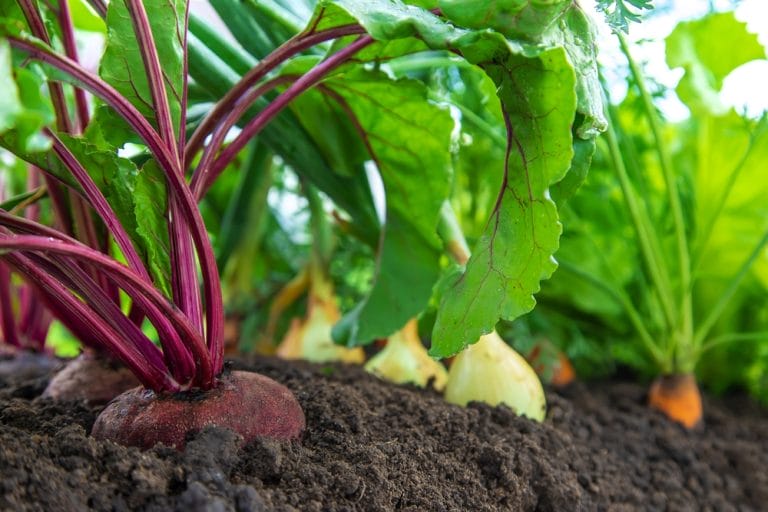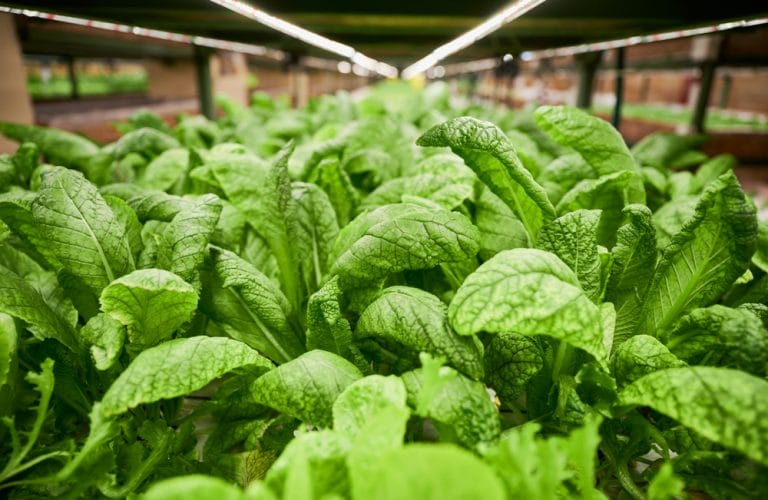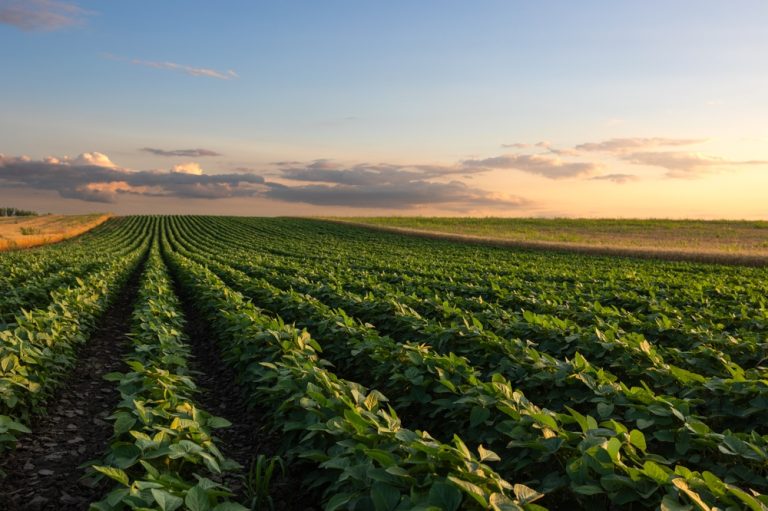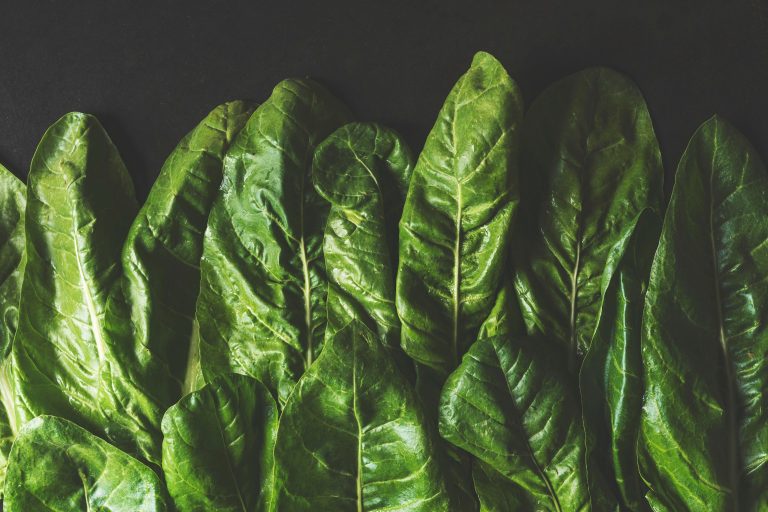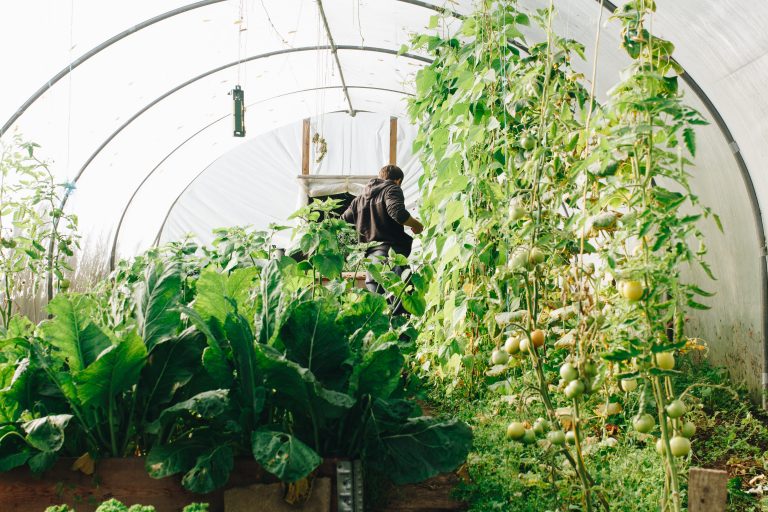Cold weather doesn’t have to mean the end of your gardening joy, and winter doesn’t need to turn your green thumb into a memory. As temperatures drop and daylight shrinks, container gardens become secret weapons that let you keep growing, harvesting, and enjoying plants long after the first frost. The thrill comes from outsmarting the…
leafy greens
The Crop Rotation Plan That Triples Spring Harvests
Stepping into your garden after a long winter and realizing you’ve become a vegetable tycoon is a feeling unlike any other. Gardeners everywhere dream of that moment—the moment when everything you planted actually grows, and grows well, and grows more than you expected. But the secret behind those show-stopping spring harvests isn’t luck, fairy dust,…
The Vegetables You Can Still Plant Before the Deep Freeze
Winter is sneaking up fast, and if you’re the type of gardener who always waits until the last possible moment, it might feel like your planting season is over. But hold on! Even as the days get shorter and frost threatens, there are still a surprising number of vegetables you can plant to keep your…
Why Leaf Mold Becomes “Black Gold” by Spring
There’s something almost magical about watching fall’s golden carpet of leaves transform into rich, dark, earthy compost by spring. What was once crunchy clutter underfoot suddenly becomes a gardener’s secret weapon—something pros affectionately call “black gold.” It doesn’t sparkle or shine, but in the world of soil health, it’s pure treasure. Leaf mold is nature’s…
Why Shortened Days Impact Leafy Crops Differently
When the days start to shrink and that golden autumn light turns soft and fleeting, you can almost hear plants adjusting. Some crops yawn, slow down, and prepare for a cozy winter nap, while others seem to panic, racing to finish their growing cycle before the sun disappears entirely. Gardeners notice it every fall—the lettuce…
Why Cooler Nights Boost Leafy Green Flavor
You might think that the crisp, fresh taste of spinach, kale, and lettuce comes from how they’re grown—or maybe how recently they were picked. But the real secret ingredient? Cool nights. When temperatures drop and the air feels sharp enough to make your breath visible, leafy greens turn into flavor powerhouses. It’s one of nature’s…
How to Turn Fallen Leaves Into Black Gold Compost
Every fall, yards across the country transform into seas of crunchy, colorful chaos. Homeowners grab rakes, sigh deeply, and start bagging leaves like it’s some kind of seasonal punishment. But what if you knew that all those “useless” leaves were actually hiding a secret treasure? Spoiler alert: they’re not yard waste—they’re nature’s version of buried…
If You Only Grow One Type of Spinach Let This One Be It
The weather has been up and down lately. One moment, it’s freezing cold; the next, there’s a mini-heatwave. It makes me glad that I didn’t bother to plant too much in pursuit of a fall and winter harvest. A few carrot and beet tops are peeking out of the ground; the zinnias are still…
Profitable Greenhouse Crops: Money in Your Pockets
You’ve been growing for a while. You’ve built a DIY greenhouse (or invested in one) and decided that you want to turn your hobby into a profitable small business. Which plants should you focus on growing to ensure steady cash flow? Here are the most profitable greenhouse crops that you should consider growing: Tomatoes Tomatoes…
